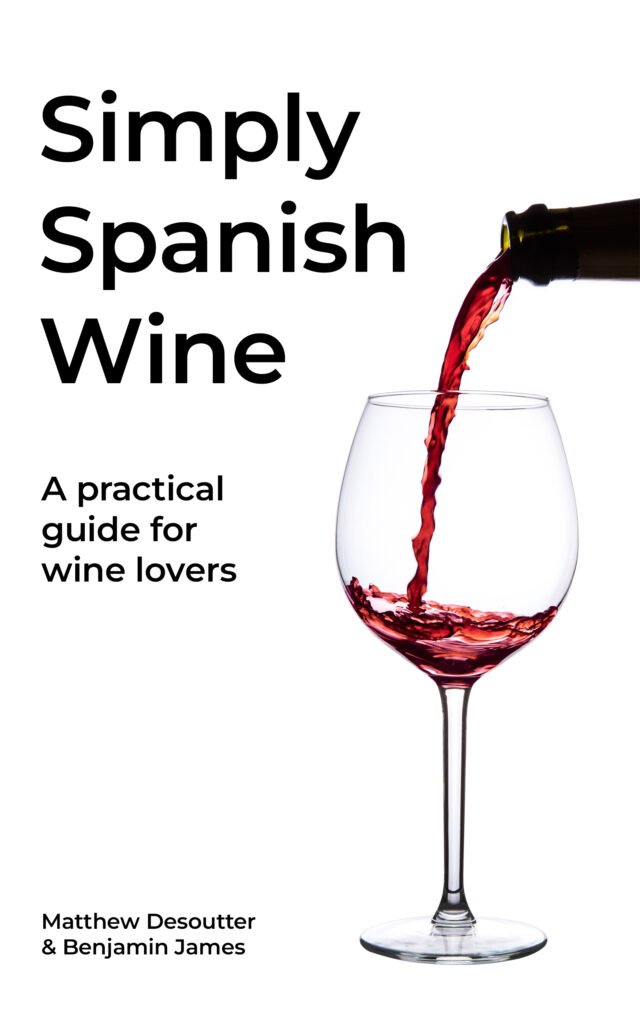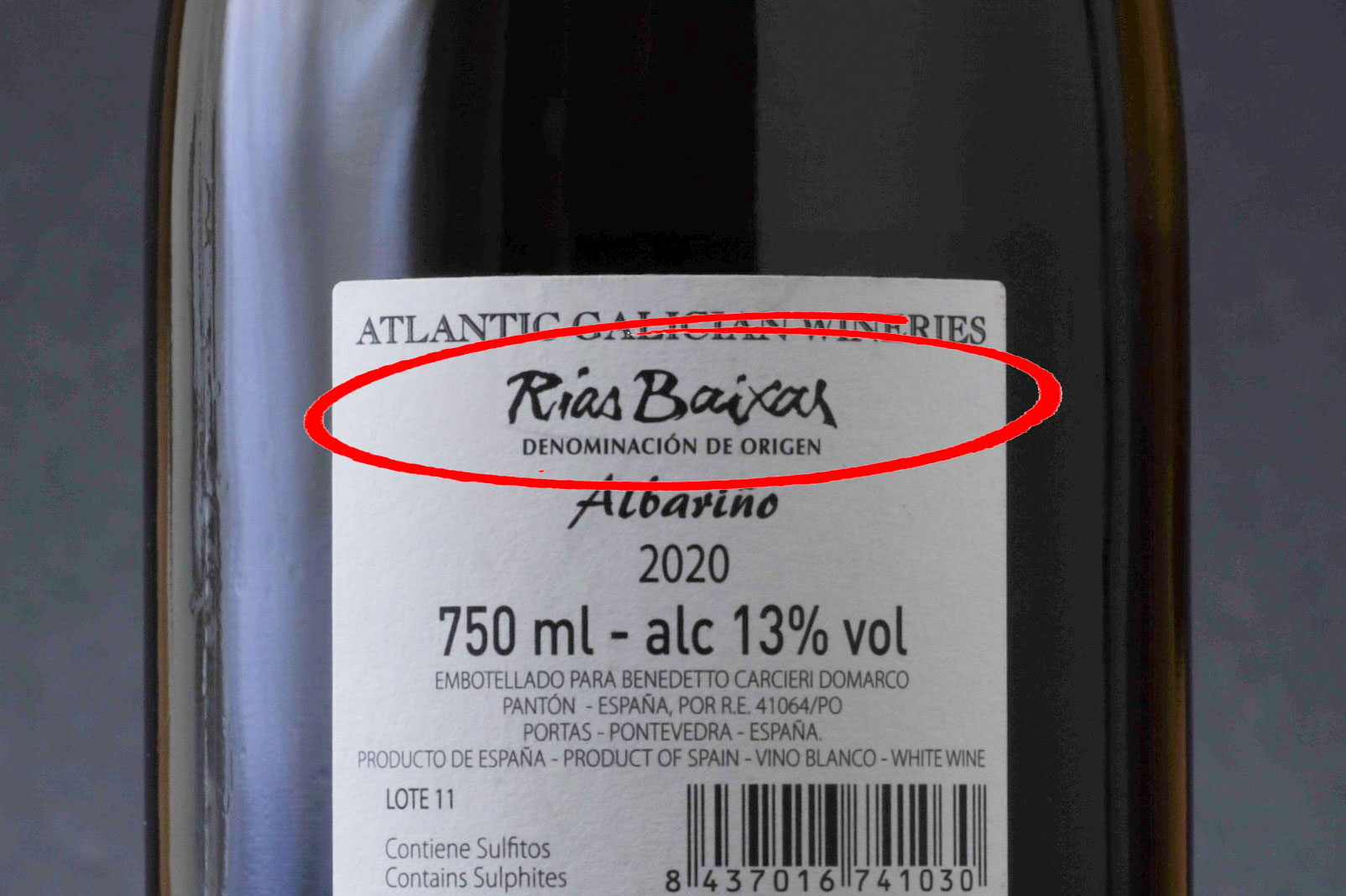
This article is taken from our book Simply Spanish Wine: A Practical Guide for Wine Lovers. If you enjoy reading the article, please consider buying the book on Amazon. It’s available in the US, UK, Spain and other regions.
Spanish wine classifications are one of the most confusing aspects of Spanish wine. Known more commonly as the Denominación de Origen system, these classifications are usually considered to be very dry and bureaucratic. But bear with us, because if you can get your head around the different Spanish wine classifications, it will really help you when it comes to choosing a wine.
So, take a deep breath and let’s see if we can outline the basics in a way that’s easy to understand..
The basis of Spanish wine classification
The Spanish wine classification system is based around Denominaciones de Origen (DOs) – Designation of Origin in English. But DOs aren’t just used for wines, and they don’t just apply in Spain. They are used for a broad range of food and drink products across Europe.
DOs act like a copyright system that is designed to protect the names of certain products, like Camembert cheese or Parma ham. Only authorised people or companies can sell products using a protected DO name.
So, you can’t call your product “Parma ham” unless you have been authorised to do so by the governing body which oversees the Parma ham DO, or to give it it’s proper name, the Prosciutto di Parma DOP.
DOs guarantee where the product comes from. They can also be used to govern certain aspects of how a product is made. A DO is not an absolute guarantee of quality. But it does at least reassure consumers that a product comes from a certain place and has been made following a certain set of rules.
How DOs work for Spanish wine classification
So we can see that DOs aren’t exclusive to wines. But let’s look at how they translate to the system for Spanish wine classification.
In Spain, wines fall under two umbrella categories:
- Denominación de Origen Protegida, or DOP
- Indicación Geográfica Protegida, or IGP
For a winery to be part of a DOP, every stage of their winemaking has to happen within the designated geographical area. So if a wine is sold as “DO Ribera del Duero”, it means all the grapes used were grown in the Ribera del Duero region and the wine itself was made and bottled there.
In addition, each DOP has a list of grapes which wineries are allowed to use.
For wineries who operate in the IGP category, only one of the production stages has to take place in the region. And only 85% of the grapes have to come from the area where the wine is made.
All clear so far? Good.
DOP Subcategories
The DOP category then gets subdivided into four further categories and these are the Spanish wine classifications that you’ll see on the labels of wine bottles. You can think of the subcategories as layers on a pyramid (see the graphic below).
Vinos de Pago (VP)
At the ‘top’ of the pyramid we have Vinos de Pago or VPs. This is a classification for wineries that have been granted their own status covering just very specific vineyards.
Denominación de Origen Calificada (DOCa/DOQ)
Then it’s Denominación de Origen Calificada, – DOCa – or DOQ in Catalan. This classification is a sort of DO+ category with stricter rules than standard DOs on how grapes are grown and how wine is made. For the moment only DOCa Rioja and DOQ Priorat are classified at this level.
Denominación de Origen (DO)
Then you have Denominación de Origen or DO wines. This is where the bulk of DOP wines are classified in Spain. The rules are still fairly strict though. For example, wineries have to make wine within the area for at least five years before they can join a DO.
Vinos de Calidad (VC)
Then at the entry level for DOP wines you have the classification Vinos de Calidad, (VC). Spanish wines in this classification meet the minimum DOP requirements. Vineyards will usually stay at this level for an initial 5 years before graduating to DO classification.
Some wineries feel that being a VC can put them at a disadvantage commercially. So, you will sometimes see vineyards, or even entire wine growing regions, using an umbrella DOP label to classify themselves.
There is nothing wrong with this. But it’s important to remember that if you see a wine labelled “DOP Sierra de Salamanca” (for example) that is not the same as DO and usually means the wine or region sits at the VC level.
IGP Subcategory – Vinos de la Tierra
In Spain, the Indicación Geografica Protegida classification isn’t broken down into subcategories. All the wines that fall under this category are labelled Vinos de la Tierra, or VT for short. VTs tend to cover much bigger geographical areas than DOPs. Wines labelled VT Castilla y León, or VT Castilla, for example, cover very large parts of the country.
So, the whole thing looks something like this:

Do Spanish wine classifications equate to quality?
The DO system in itself is not a cast-iron quality guarantee. It’s true, the rules get stricter the higher up the pyramid you go. But rules don’t make the wine.
Few in Spain would say that wine in the Vinos de Pago classification are, by definition, Spain’s “best” wines. And you can find some excellent wines that are classified as VC and VT..
But understanding Spanish wine classifications is another piece in the puzzle that helps you to understand what’s in a bottle. And the more you understand, the better prepared you are to choose a Spanish wine that’s right for you.

This article was taken from our book Simply Spanish Wine: A Practical Guide for Wine Lovers. If you enjoyed reading the article, please consider buying the book on Amazon. It’s available in the US, UK, Spain and other regions.

